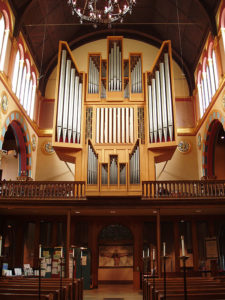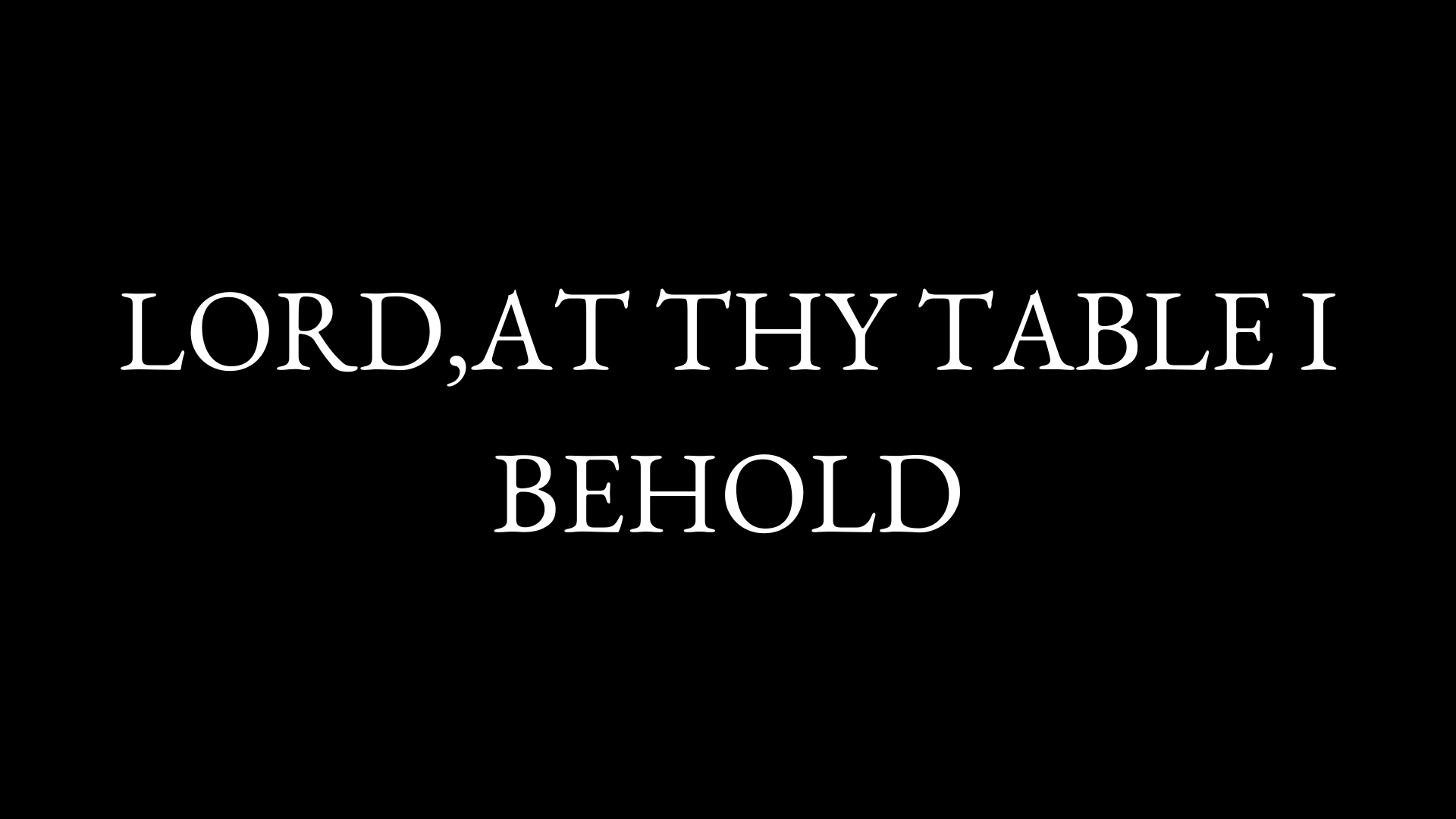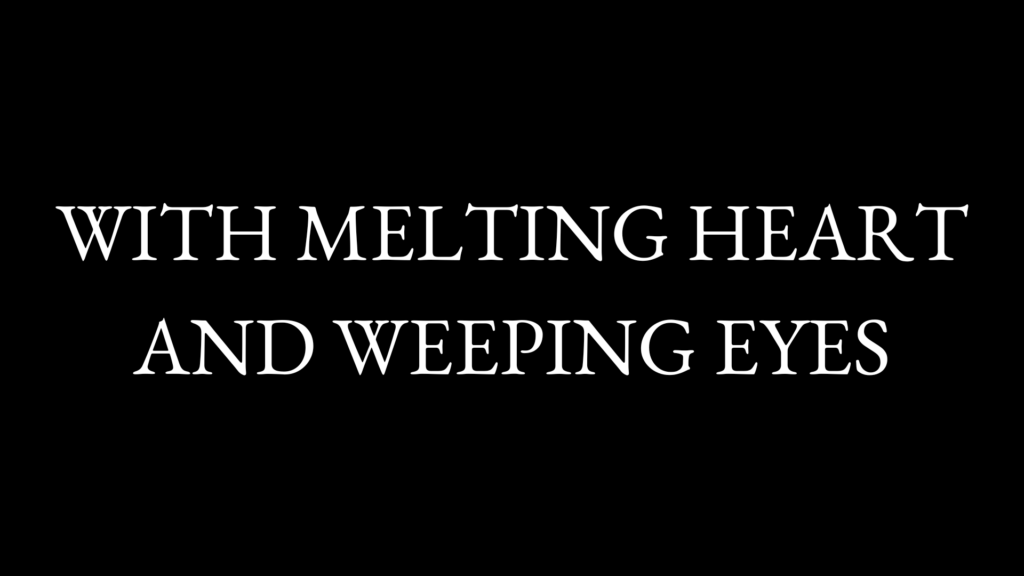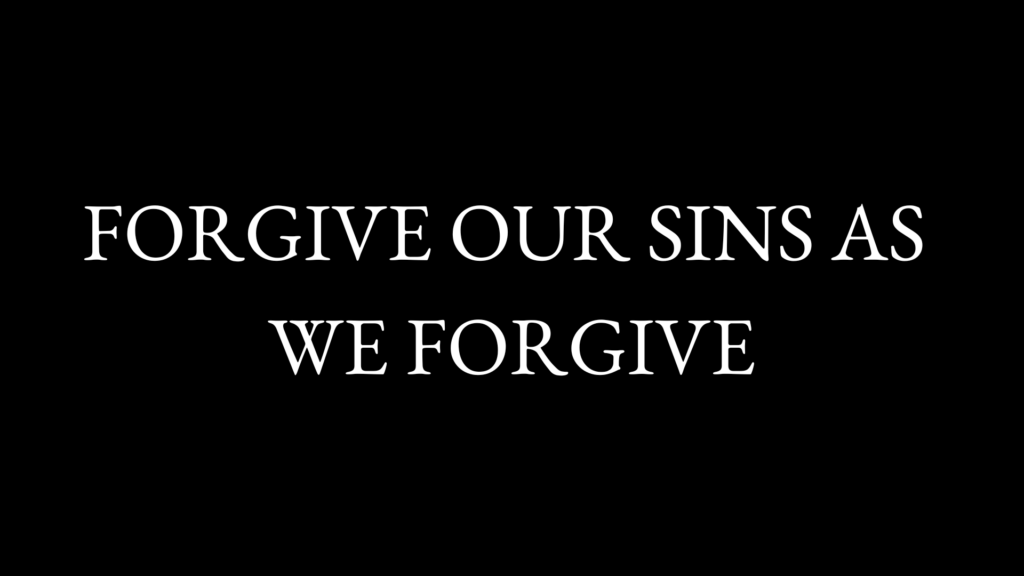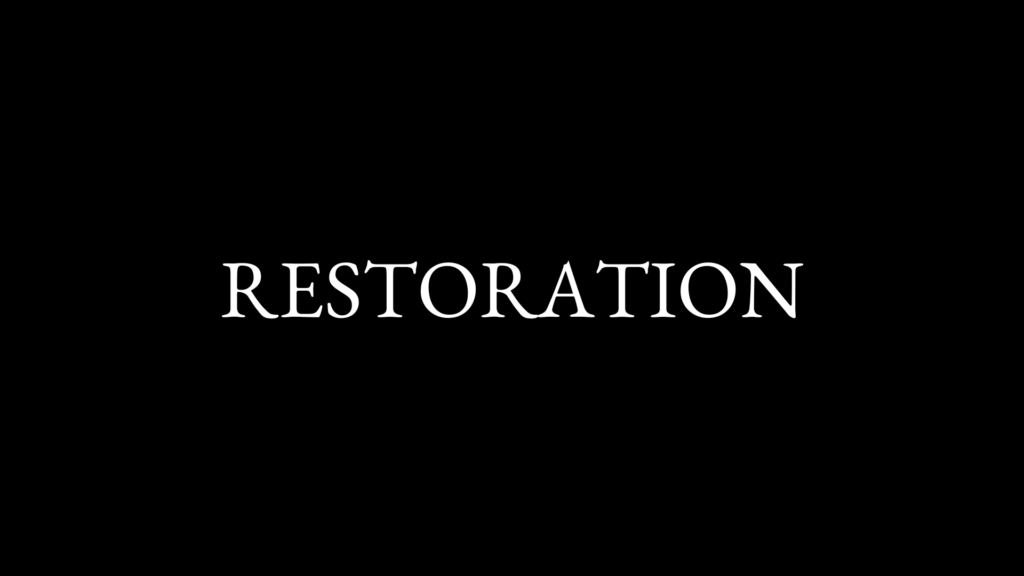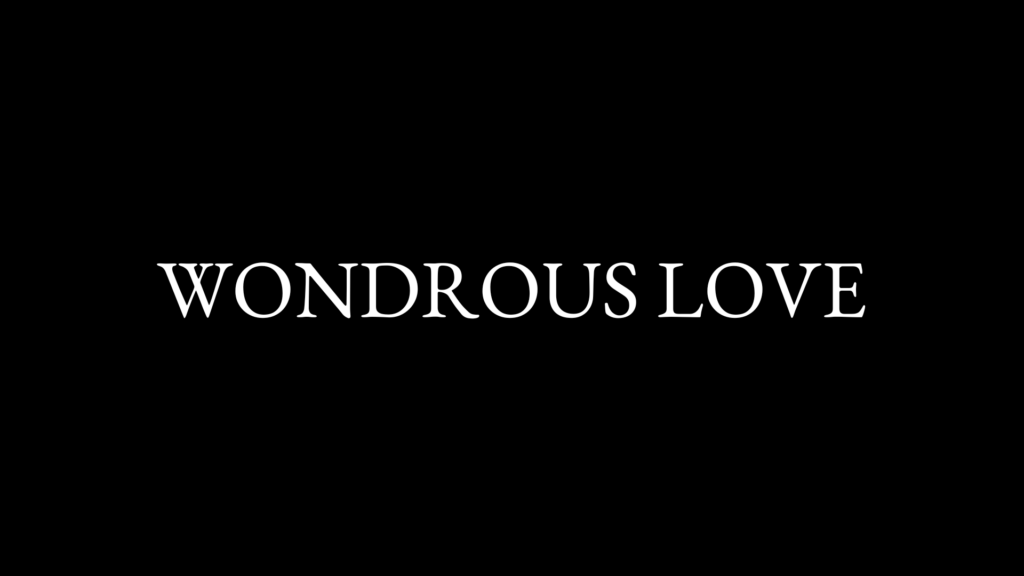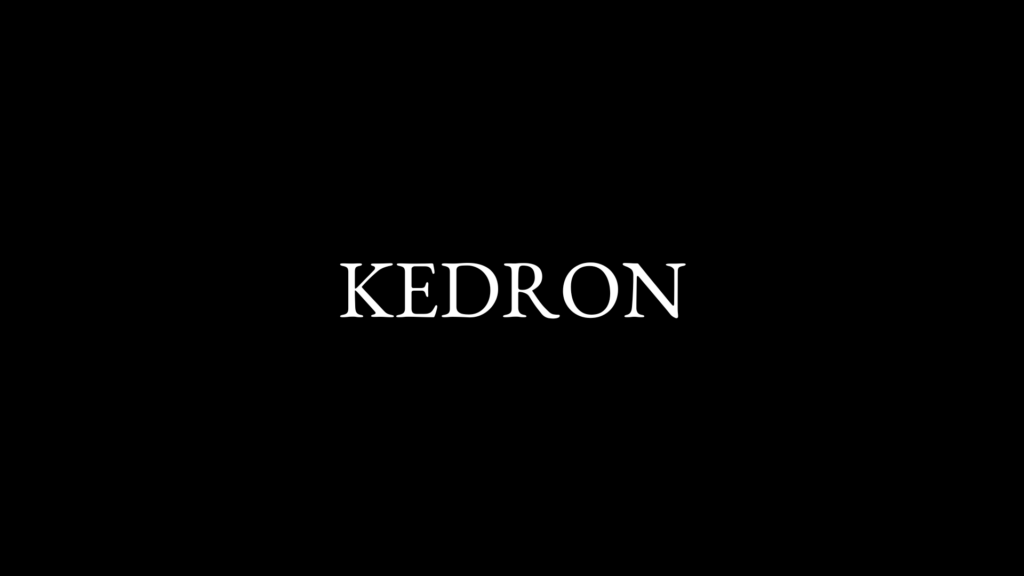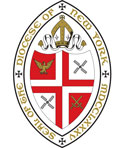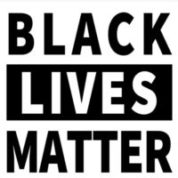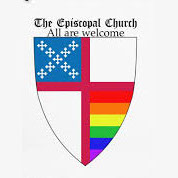Today, we are revisiting the oldest form of Christian hymnody in North America, called Lined-Out Hymnody, and a later style called Shape Note (or Patent Notes) Singing, introduced in 1801. What you hear today with the lined-out hymnody remains mostly an aural tradition. No instruments – only our God-given voices.
Shape Note Hymns appear in 4-part harmony and sometimes 3-part. To get the most out of the shape note hymns, here are a few guidelines:
4-Part Shape Note Hymns: With 4-part shape note hymns there are some liberties as to which line you can sing. The Tenor Line (3rd line down) is always the melody. It should be sung by higher men’s and women’s voices, in their own register. The top line is the counter melody. It is also sung by higher men’s and women’s voices. The second line is for lower women’s voices, and the bottom line for the lower men’s voices.
With 3-part Shape Note Hymns, the middle line is the melody, and should be sung by higher men’s and women’s voices. The top line, also sung by higher men’s and women’s voices, is the counter melody. The bottom line should be sung by lower men’s and women’s voices in their own register.
Lined Out Hymnody – This is a powerful call and response experience that feels timeless and thins the veil, so to speak. We will find our way through the tunes as guided by the precentor. There will be moments when some notes are held and others moved through for dramatic effect. If you wish, simply listen to the first verse and hear how it is presented and sung back by the choir, then try the second time around. However, I encourage you to simply jump in and let your voice resound.
~ John Cantrell, Director of Music

